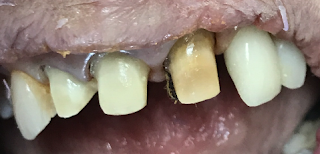Dental & Oral Surgery: Exposing Everything for a Fear-Free Visit
Hearing that you need dental surgery can feel overwhelming at first. With all the types and treatments available for oral & maxillofacial surgery, it’s normal to have questions. You’re likely wondering about average costs , available options , preparation , and how to shorten your recovery time . In this article, we’ll tackle all 12 types of dental surgery, the reasons and costs behind them, and the best ways to set yourself up for success both before and after surgery. I’ll even guide you through the common questions I hear as a dentist and how to choose the best surgeon. Take a deep breath — you’re about go from overwhelmed to informed. Reasons for Oral/Dental Surgery The reasons for oral surgery are as numerous and individual as the patients getting them. For some, it’s needed to repair damage caused by gum disease or tooth decay. In other cases, facial trauma or wisdom teeth may have impacted their oral health in unexpected ways. We’ll discuss the reasons for each surge

